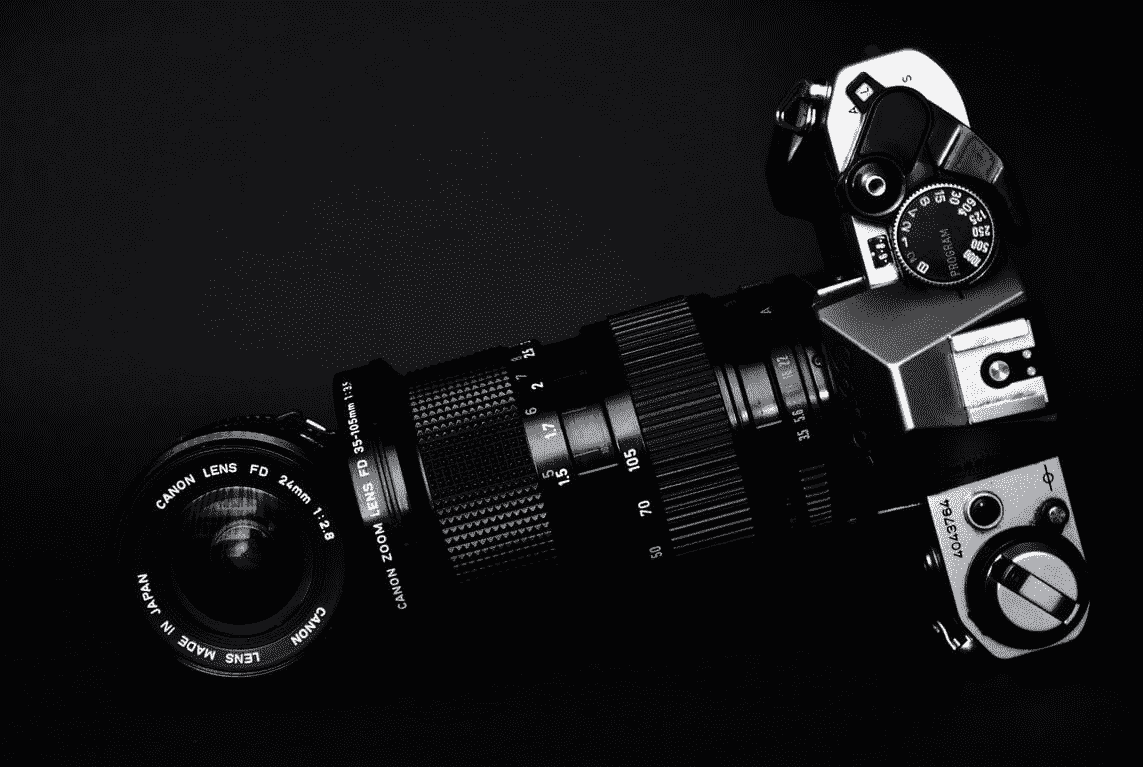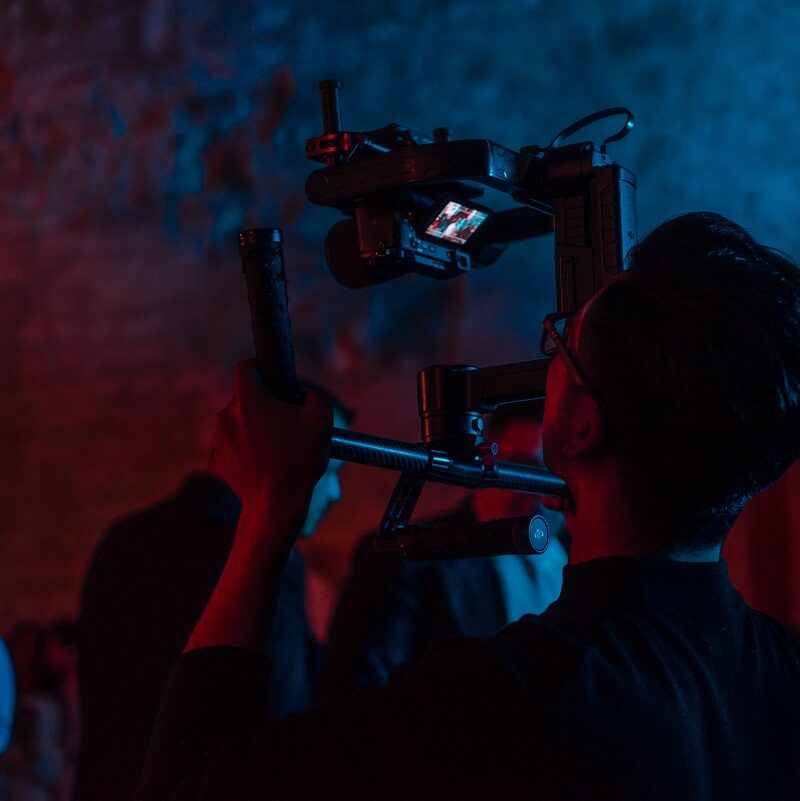Insider Tricks to Create a Great Wedding Video.
If you have been hired to create a video of someone’s wedding and
reception, it can be a really fun job. Not only is there a lot of
joy, laughing and fun moments during a wedding celebration but it is
really gratifying to know that the wedding video you are creating will be
part of the family celebrations of these people for decades to come.
Dedication
Naturally, you want to do a good job. But whether you are just getting started
or have been shooting video for years, you know things can sneak up
on you and make your job more difficult. So there are some “insider
tricks” that you should keep in mind especially on the big day so
the wedding goes off like clockwork and you get that great video
without disturbing the joy and fun of the family.
Wedding Video Trick #1
The first few precautions actually happen long before you drive up to the
church and that is a thorough equipment check. Check and double-check
your equipment and then check it again. It can’t hurt to be
a bit compulsive about this. Also, check that all of your supplies
are new, in good shape, and that you have backups of batteries,
bulbs, tapes, or whatever recording media you are using. If you know
your equipment is in good shape, you can walk in there like the
professional you are.
Wedding Video Trick #2
Next, be everywhere early and well prepared. In fact, it can’t hurt to
scope out the church and reception hall the day before to check the
lighting and do some planning on where you might get your best video from.
If Martin Scorsese can preplan all of his shoots,
so can you.
Wedding Video Trick #3
Now be sure everybody knows who you are. Meet the bride, groom, the wedding
party, and others close to the planning. If there are security
people, be sure they know who you are as well. If there is a need
for passes or badges of any kind, be sure you have one well ahead of
the wedding day.
Wedding Video Trick #4
Part of networking with the key players includes getting some face time with
others who may be supporting the wedding. Many weddings have a
wedding planner who must know everything that is going to happen. Be
sure he or she knows who you are and what you are going to do before
you start disturbing their domain. It is also a great idea to meet
the other photographers and do a bit of preliminary choreography so
everybody can get their shots. Be aware that you really don’t want
to do such a great job of videotaping the wedding that you damage the
experience of the wedding guests. This all takes lots of planning.
Wedding Video Trick #5
If they rehearse, you rehearse. The rehearsal is one of the great missed
opportunities that wedding photographers and videographers have to
step through the wedding with the party and plan where you are going
to be. Now secure permission to be there as you never want to
surprise a nervous bride or her mother. But if they know you are
working as hard as they are to get ready, they will be thrilled and
you may find them giving you directions on shots they want including
in the video and where they want (and don’t want) you to be at
strategic moments during the wedding. This information is gold in
producing a high-quality video for your customers.
Result?
Once everything is ready, jump in there and enjoy the wedding right along
with everyone else. You know you are ready and you like what you do
so you can celebrate this big day and produce a top-notch video that
will be a treasured memory for this bride and groom for many years to
come.
Videography Tips from the Pros
Videography
Making videos or “videography” is a different animal from photography.
When you are trying to capture great pictures for a portrait or an event,
you think in terms of still shots. In your mind, the objective
is “what will make a great picture.”
The Opportunities to look out for
Videos open up whole scenes to be captured on film, for better and for
worse. But it also opens up a lot of opportunity for mistakes,
unexpected results, or interruptions and surprises. Not only do you
have to continue to think about what makes a great shot, you now have
sound and movement issues to factor in. So while videography is much
more fun, it also can be a lot more work.
Your Goals
You are trying to find a middle ground when you start offering video as part
of your services. You know that anybody can bring a camcorder and
capture video streams. These days they can even do it with their
phone. But you want to create a more professional shot than the high
school kid with a camcorder. Then again, you are not trying to win
an academy award here. So the level of professionalism has to be
better than amateur so you can justify charging for it but it doesn’t
have to be great art to be a good video that the customer will be
happy with.
Ready for some advice?
To accomplish this mix of perfectionism and compromise, a few tips from
the pros who have already set up a video business can help a lot.
Here are what many of the old pros tell us to focus on especially as
we are getting our video business up and running…
Wedding Video Advice #1:
The cornerstone advice that the pros give about making a great video is
planning ahead. The more you know about your shoot, the better equipped
you are when you show up. If you are shooting a wedding, visit the
chapel, perhaps the reception hall, and plan where you will set up to
capture the best images. Plan your routes as you move around so you
can create a smooth flow that works with the wedding procession
rather than interrupts it.
The same is true of any event. Even a sporting event, as spontaneous as that
is, will offer some less traveled areas where you can position
yourself to catch the action. If the best location for capturing
video is above or a distance from the activity, then you know you
will need to use zoom and focus differently than if you can be in the
middle of the action. This helps you plan how to prepare your
equipment and your crew who will be supporting the shoot.
Wedding Video Advice #2:
Lighting is something that must be part of your preplanning so you have
sufficient light so the action and facial reactions are easy to pick
out on the video. Outdoors, keep the sun behind you if at all
possible. Indoors, scout out how the existing lighting will look on
video during the hours that you will be shooting. If they are not
sufficient, you should get in there and set your lights in place well
in advance of the event and work with the event organizers so they
know your lights will be on during the event. The people who hired
you, do want a great video so they will work with you. But you have to
let them know what is going on.
Wedding Video Advice #3:
A good video is a combination of the stability of the camera and constant
movement. So use a tripod to stabilize the shots when the video is
being actively shot. But you have to be able to move the set up
quickly to a new location. So make sure that your equipment is well
maintained and that cameras, tripods and that all supplies are
quickly accessible for field changes or repairs.
Wedding Video Advice #4:
One of the most valuable insider tips is to shoot with the intention of
editing. In that way, you will shoot more footage than you need,
knowing you are going to edit it together later. You can go back and
capture connecting video shots to smooth out the action and you don’t
have to get upset if you get some bad footage. These and many other
talents you will develop will take you to that level of
professionalism you want to reach. And your customers will notice it
too and come back for more of your talented videography.
Video Like Scorsese
When your passion and perhaps your livelihood is the creation of quality
videos for people’s events, you probably have some heroes. Martin
Scorsese is somewhat of an icon because he is known for his stylistic
videography in his movies. Now, you don’t necessarily need as much
style as Scorsese gets in movies that win him academy awards. But
such professionals who are both precise and very good at their work
and creative in how they get their shots are an inspiration to the
rest of us.
Your Version …
So how can you go about becoming your own version of “Scorsese” in
reaching higher standards of professionalism in the video you do for
your customers or friends? Well, sometimes you just have to go back
to basics
Your “Attack”
When you go on a shoot, think of yourself like you are going on an assignment
into a war zone. Of course, hopefully, nobody will be firing guns at
you. But like a battle, you have to be totally prepared going in.
There is no calling “cut” if you are filming your son’s first
baseball game or when the bride and groom say “yes”. You will get it,
or not, on the first take so your
equipment has to be ready and you have to be ready. So think through
some of your pre-shoot preparations for the big day.
Your Equipment
Inspect, clean, repair, and test your equipment the night before. Make sure
you have any support materials such as batteries, lights for your
flash, or if you use a lamp to accentuate indoor shots. And think
through the various ways your equipment may have to support you and
how you can support it?
This is Very Important
What if something needs electricity but is too far from the outlet? Bring
extension cords. What if you need more electricity than plugs are
handy? Bring power strips. What if you have extension cords where
people will walk? Bring duct tape. What if you have to get that
duct tape up fast? Bring a good knife or cutting blade. It pays to
play these situations out in your mind and be prepared as you go to
battle.
Smart preparations
Framing a shot so it looks good in the final cut takes some talent and skill
to get what you want where you need it to happen. If the scene is
very active, like a sporting event, you need to be able to move, set,
shoot and break down and do it, again and again, all day long.
Smart Solutions
That means your equipment has to be light and self-contained but you need
to be armed to swap things out on your feet. A well-prepared
supplies bag that you can get into, swap out a lens, a battery, or
other needs on the fly are essential to be that mobile. And you
have to know your equipment so well that you can literally lock and
load in seconds so important shots don’t leave you behind. Some
practice with your camera, tripod, lights, supply bags, and anything
else you have to have for such mobility will pay off big time during
the shoot.
Never underestimate the small things…
You may have cringed when you saw the word tripod but get used to it. Don’t
cut corners on this “accessory”. The tripod should be as
flexible as your body so you can drop it for a ground shot and have
it up and set quickly each time you need to reposition. But despite
the “bother” this might cause, the tripod alone may make your
shots 100% more professional.
Knowing your gear and being prepared are the two top commandments of
producing high-quality professional video. It may not make you a
“Scorsese”, but it will take you a long way in that direction in
the improvement you will see in your work.
Getting the Best Possible Audio from a Camcorder
When you
move from photography to videography as your means of capturing
moments either personally or as part of your profession, you enter
into a much bigger world with greater challenges as well. For one
thing, you now have to deal with issues of movement. The problems of
lighting and surface noise are just as big of an issue except now you
have subjects that may be on the go and you have to go with them.
But when
using a camcorder to capture the event under scrutiny, whether it’s
a wedding, a speech or presentation or some other significant event,
the issue of having the best quality sound presents unique
challenges. So its best to do some concentrated planning on how you
are going to accommodate the sound needs of the event to your
equipment because if you have wonderful pictures but the words and
sounds of the event are muddy or lost, then the quality of your final
product is seriously damaged.
Many an
unsatisfactory video was taken with a camcorder because the operator
depended too heavily on the small microphone that is built into the
casing of the machine. The only situation where this microphone may
be adequate would be if you were conducting a one on one interview in
a small room where you could position the camcorder within three feet
of the subject. Even then, surface noise from the surrounding
building could become part of the audio outside of the awareness of
the operator at the time.
To assure
that you have complete awareness of what is going onto your
video recording of each event, the investment in a good set of closed
back headphones to monitor the audio is an outstanding move. You can
plug it into the camcorder and you are dynamically aware of what is
going onto that tape at all times. If something gets into the audio
that is not appropriate, you can use editing techniques or even
re-shoot the segment if that is possible in the context of the event.
For the majority
of events, plan to use the auxiliary audio input plug to
incorporate a mobile microphone unit rather than depend on the
onboard microphone in the camcorder casing. This small plug alone
opens up a large range of solutions to the problem of poor camcorder
audio that is so often endemic of videos made with this technology.
If you
are working with an external microphone, be aware of the limitations
of the wire if you are not working with a radio frequency microphone
unit. In a situation such as a speaker doing a presentation, you can
lay the cord down between the recorder and the speaker’s stand
assuming you have sufficient cord length to reach the where the
microphone will mount on the stand. Be careful with the excess cord,
perhaps securing it with duct tape so those listening to the
presentation don’t trip on the cord or pull it free which could
cause injury and damage the equipment.
In many
situations such as one in which you plan to interview people in a
roving fashion or to record a speaker who is on the move a great
deal, a radio frequency microphone may be necessary. These can be
more expensive but without the investment in this technology, your
audio quality relying exclusively on the camcorder built-in microphone
will almost certainly be disappointing.





No responses yet